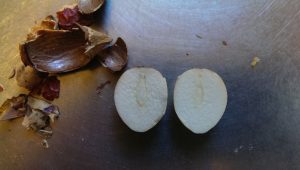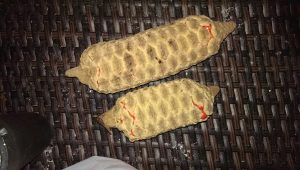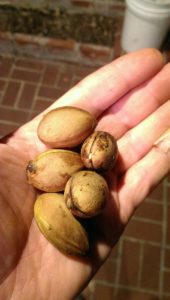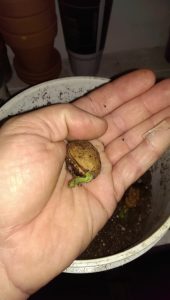Cycads are one of those plants that conservation is vital to the survival of the species. This is due primarily to the fact that so much natural habitat has been destroyed by mankind as well as the demand for rare and large specimens have decimated the populations in the wild. So when a cycad produces seed, it’s critical for many in the species that these germinate and develop into new plants.

Cycad seeds
Like many other plants though not all seeds will germinate and not all that do germinate will develop into healthy plants. However, as a private grower and collector one can certainly increase this through proper germination technique and care after the germination process. For many, the two most important aspects of this are sterility and moisture; a dirty environment can result in fungal growth that kills newly germinated seeds whereas too much water results in rot while too little water results in the seed drying out.
Another aspect of cycad seeds is the length of time some take to germinate. While the seed looks nice and developed on the mother cycad, inside the seed it often times is not fully developed. For some cycad seeds, the embryonic development can take months, resulting in germination of the seed taking a year or more after it’s been created. Because of this many people think their seeds are not viable and give up on germinating them. If you are one of these people, here is the easiest way to determine if the cycad seed is viable.

Cycad seed cut open to show embryo
First, place the seed on it’s side on a firm surface like a cutting board. Next, carefully cut through the hard shell that is covering the seed, pretty much peeling it like a hard boiled egg. Finally slice the seed completely in half; if the seed is viable you will see the embryo forming within. Through this analysis you will be able to determine at what stage of development your cycad seeds are in. Once the embryo has fully developed it will push out and send the radicle into the soil.

Zamia cycad seed cone

Germinated cycad seeds

Geminated cycad seed showing radicle






Recent Comments